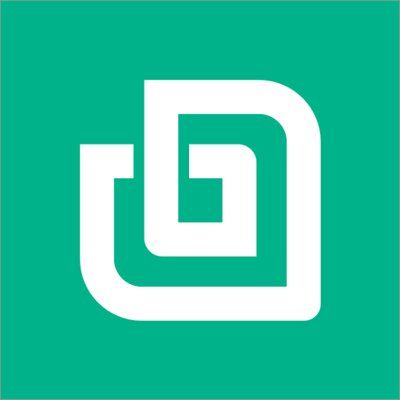HoneyBook is a Business Management Software. HoneyBook offers Billing and Invoicing, Project Management, Time & Expense Tracking, CRM, Financial Management and many more functionalities.
Some top alternatives to HoneyBook includes Quickbooks, Freshbooks, Bonsai, 17hats and QuickBooks Desktop Enterprise.
No, HoneyBook doesn't provide API.
Yes, HoneyBook provides a mobile app.
HoneyBook is located in San Francisco, California
HoneyBook offers Free Trial, Subscription pricing models
Yes, HoneyBook can integrate with Quickbooks, Zapier, Google Calendar, Gmail and many more.You can find more integration for HoneyBook here
The starting price of HoneyBook is $16/month when yearly























